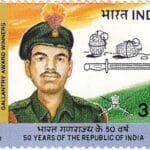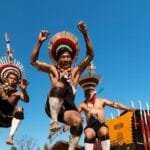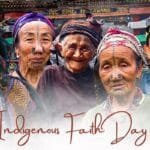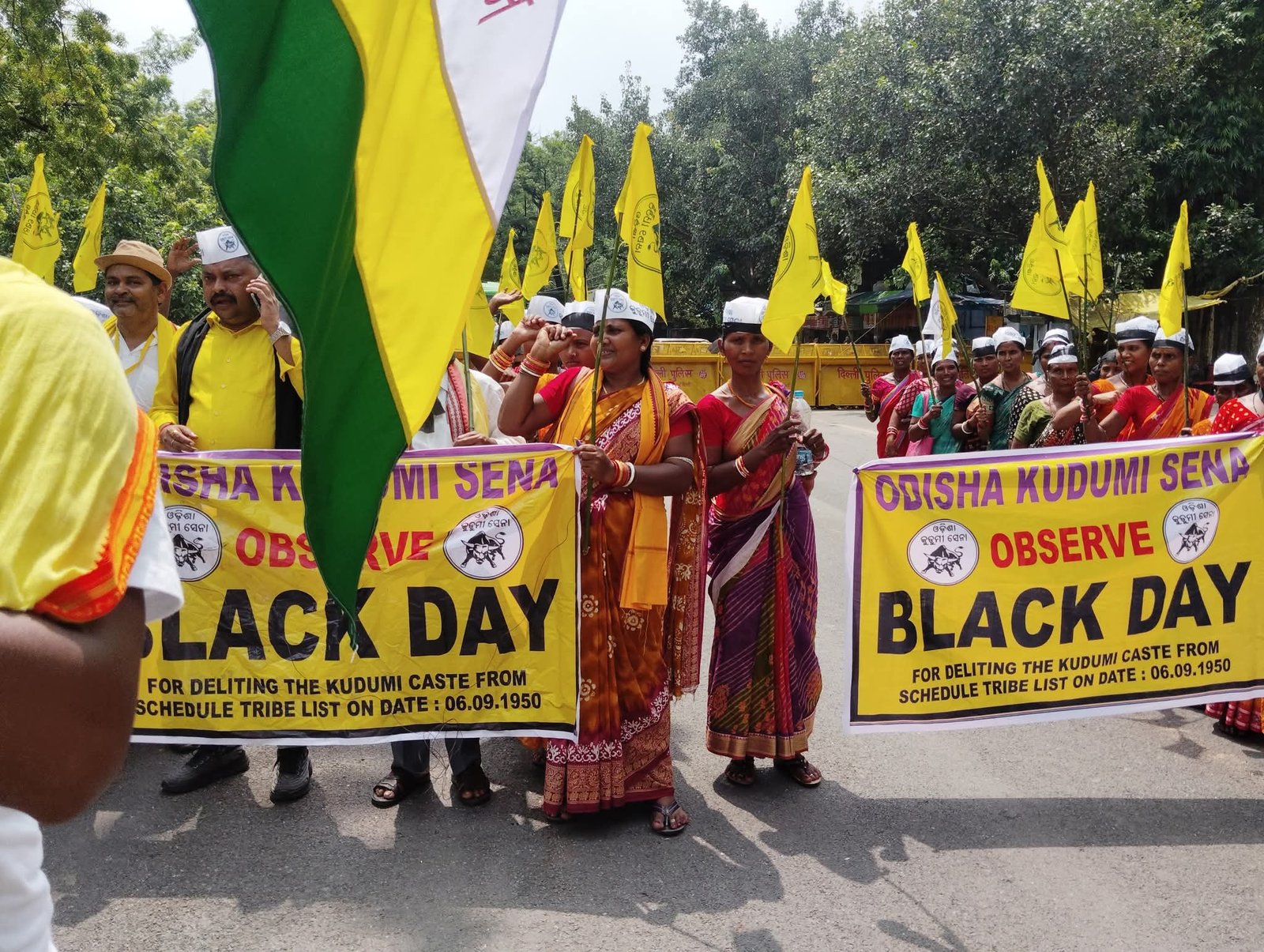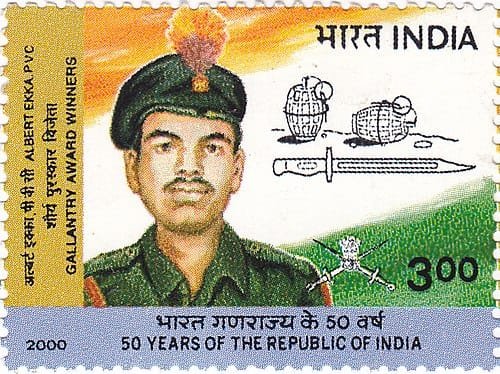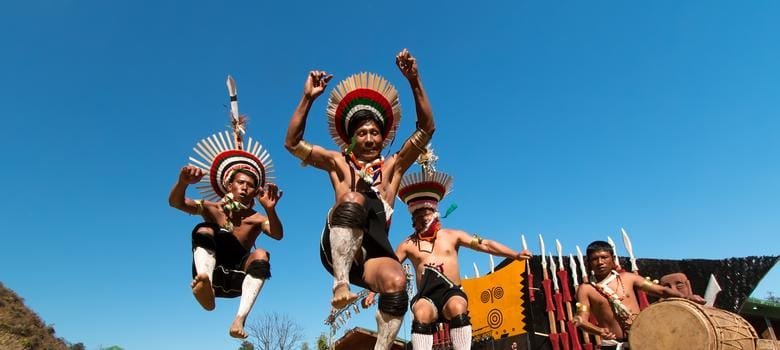The demand of the Kurmi community for Scheduled Tribe (ST) status has re-ignited one of the most sensitive debates in eastern India. Spread across Jharkhand, West Bengal, and Odisha, Kurmis identify themselves as an indigenous community, historically linked with agriculture and rural life. Yet, their exclusion from the ST list after independence continues to shape their political and cultural struggles.
While Kurmis argue that they deserve recognition as an ST, tribal organizations in Jharkhand strongly oppose this move, warning that it could dilute their rights, identity, and resources. The controversy, if not addressed carefully, risks creating social fault lines similar to the violent conflict in Manipur between the Meitei and tribal groups.
This article looks at who the Kurmis are, their linguistic and cultural background, the history of their demands, the constitutional process of granting ST status, and the dangerous parallels with Manipur.
Who are the Kurmis?
The Kurmi community is considered one of the largest agrarian castes in eastern India. With a population estimated at more than 50 lakh across Jharkhand, West Bengal, and Odisha, they are traditionally engaged in farming and land-based occupations.
Language: Kurmali (also called Kudmali or Panchpargania) belongs to the Indo-Aryan family, influenced by Magahi, Bengali, and Odia. Linguists note that it evolved as a mixed dialect, spoken mainly in the border areas of Jharkhand and West Bengal.
Caste/Tribe Status: Historically, British censuses categorized Kurmis as an agricultural caste. While they were considered “backward” socially, they were not officially classified as a tribe. After independence, they were listed under Other Backward Classes (OBC).
The Demand for ST Status
Kurmis argue that they were originally included in the tribal fold and their exclusion from the ST list after 1950 was unjust. Their demands are based on:
- Cultural similarity: Kurmis practice local traditions, festivals, and rituals similar to neighboring tribal groups.
- Socio-economic backwardness: Despite being a numerically strong community, large sections remain poor, with low literacy rates and dependence on agriculture.
- Historical grievance: They believe colonial and post-colonial state policies misclassified them.
Protest marches, blockades, and rallies have intensified in Jharkhand, especially in districts like East Singhbhum, Seraikela-Kharsawan, and West Singhbhum.
The Opposition from Tribal Groups
Adivasi organizations and political voices in Jharkhand strongly oppose this inclusion. Their arguments are:
- Identity Threat: Adding Kurmis to the ST list would dilute the identity of smaller tribal communities like Ho, Munda, and Santhal.
- Resource Competition: Reservation benefits in education, jobs, and political representation would be stretched thin.
- Contradictions: Kurmis demand ST recognition but have opposed PESA Act (which empowers tribal Gram Sabhas in Scheduled Areas). Tribals see this as proof that Kurmis do not share the same governance traditions.
What is ST Status?
Scheduled Tribe status is not just a legal category but a recognition of historical disadvantage, cultural distinctiveness, and constitutional protection.
Constitutional Basis
Article 342 of the Indian Constitution empowers the President to notify communities as ST, in consultation with the Governor of the state.
Any change requires approval of Parliament.
Criteria for Inclusion (as per Lokur Committee, 1965 and subsequent guidelines):
- Indications of primitive traits
- Distinctive culture
- Geographical isolation
- General backwardness
- Shyness of contact with the larger community
The Role of Research Institutions
The Tribal Research Institutes (TRIs) and Anthropological Survey of India play a central role in evaluating such claims. They conduct ethnographic, socio-economic, and linguistic studies before recommendations are made to the Ministry of Tribal Affairs.
In the Kurmi case, reports have been contradictory. Some highlight their similarities with tribal groups, while others classify them as an agrarian caste with upward mobility, not fitting the classical “tribal” criteria.
The Historical Timeline
1871 Census (British Raj): Kurmis listed as an agricultural caste.
1931 Census: Continued as “Other Backward Classes.”
1950 Constitution Order: Not included in the Scheduled Tribe list.
Post-1990s: Kurmi organizations across Jharkhand, Bengal, and Odisha intensified demand for ST status.
2000s onwards: Movements gained momentum with rallies, blockades of railways, and political lobbying.
The Fear of Another Manipur
The 2023 conflict in Manipur between the Meitei majority and tribal Kuki-Zo groups was triggered by the Meitei demand for ST status. Tribal groups feared losing land, identity, and political power. The violence resulted in massive displacement and hundreds of deaths.
The parallels with Jharkhand are striking:
In Manipur, the Meiteis are numerically and politically dominant.
In Jharkhand, Kurmis are among the largest communities, spread across multiple states.
In both cases, the demand for ST status threatens the delicate balance of identity and resources.
If mishandled, the Kurmi-ST issue could ignite ethnic tension, creating a “second Manipur” in central India.
The Kurmi ST controversy is not merely about reservation benefits; it is about identity, history, and power. For Kurmis, it is a demand for recognition and justice. For tribal groups, it is a question of survival and preservation.
The government must tread carefully, relying on transparent research and dialogue rather than political appeasement. Otherwise, the fault lines could deepen into open conflict.
At stake is not only the future of one community but the fragile social harmony of Jharkhand and eastern India. The question remains: Will the Kurmi demand for ST status lead to rightful justice, or will it open the gates to another Manipur?




